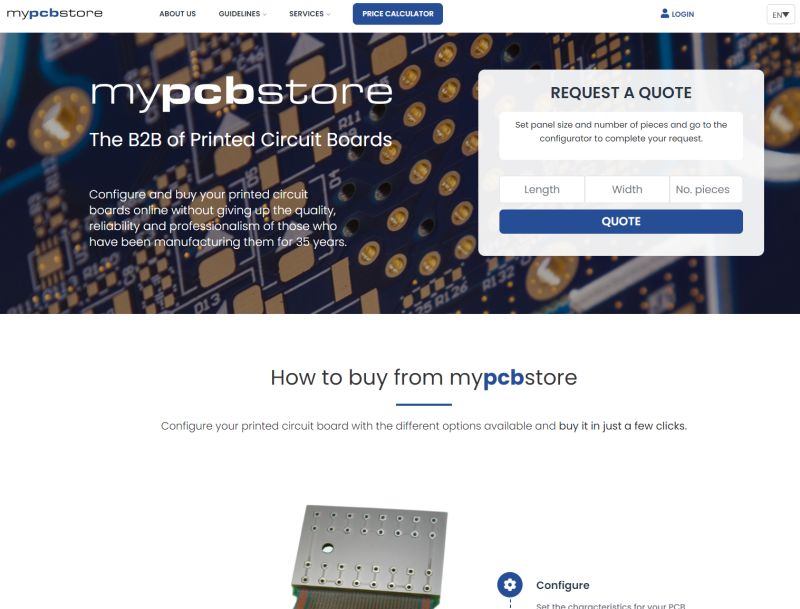Printed circuit boards are crucial components in electronic devices. They serve as the basis for connecting and assembling electronic components such as chips, resistors and capacitors. Conductor tracks made of copper, arranged in a complex network, enable the transmission of electrical current and data between the components.
Printed circuit boards are available in various shapes and sizes and can be single-sided, double-sided or multi-layered, depending on the requirements of the particular application. They are indispensable in modern electronic devices, from smartphones and laptops to industrial control systems.
The development of PCB technologies has revolutionized the electronics industry by enabling the miniaturization of devices and improving the performance and reliability of electronic devices. In the future, printed circuit boards will continue to play a key role in the electronics industry as the demand for ever smaller, more powerful and energy-efficient devices continues to grow.
Doublesided PCB
Consists of two-sided copper-laminated base material. The holes can be plated through. The two layers can be connected by vias.
Singlesided PCB
Consists of a copper-laminated material on one side. The holes are not plated through.
Multilayer
Consists of 2 outer and at least 2 inner layers. All layers can be connected by vias.
HDI Multilayer
Highly complex printed circuit board with multiple layers, ultra-fine conductor structures and special technologies such as blind and buried vias, filled and capped vias.
SBU Multilayer
Highly complex printed circuit board, which is built up sequentially with several pressing processes.
Rigid PCB
Rigid FR4 material, corresponds to a standard printed circuit board.
Semiflex PCB
Several rigid PCBs are pressed into one PCB using a flexible prepreg. Easiest way to produce a rigid-flex PCB, usually only suitable for a few bending cycles.
Rigidflex PCB
Several rigid PCBs are pressed into a single PCB using a flexible polyimide film. Virtually unlimited number of bending cycles possible.
Flexible PCB
Consists of a copper-laminated polyimide film. Single or double layer possible. Virtually unlimited number of bending cycles possible.
IMS (Insulated Metallic Substrate)
Offers an excellent alternative to conventional printed circuit boards. It is particularly suitable for applications that have to withstand high mechanical loads, require high dimensional stability or the efficient dissipation of high temperatures from power components or LEDs.
Insulation PCBs
Consists of pure FR-4 material without copper cladding. Applications include covers, front panels and the like.



